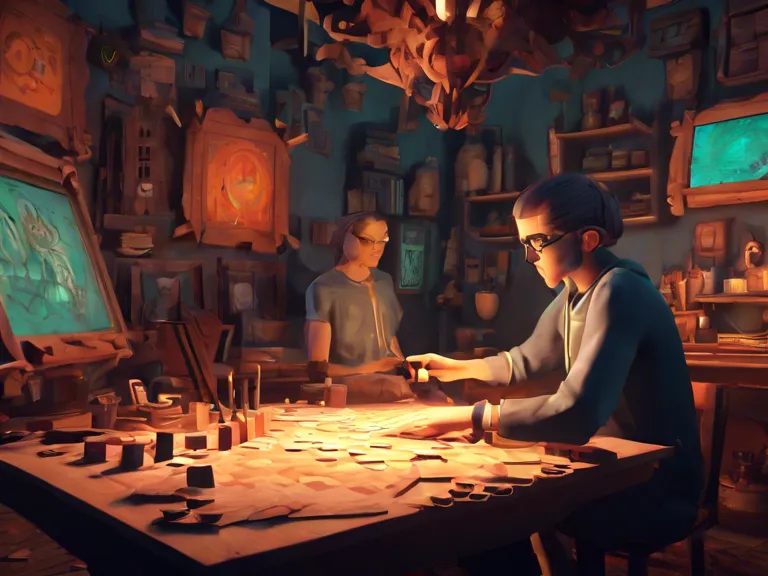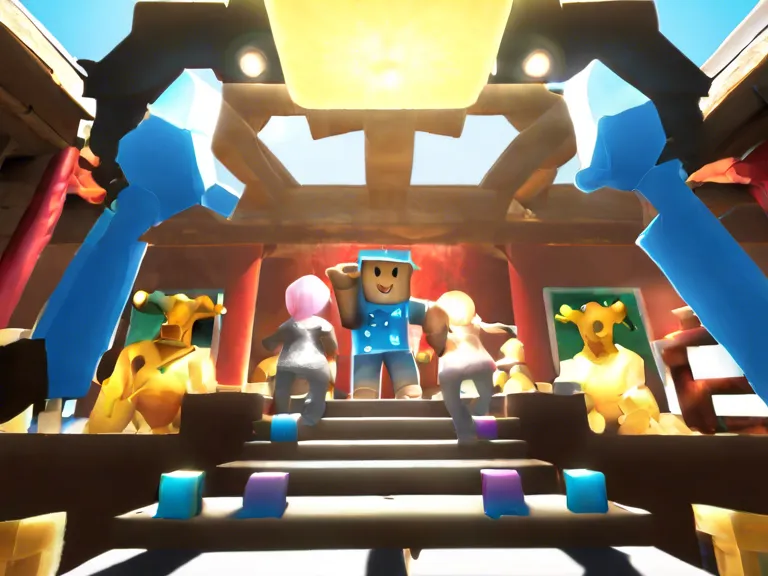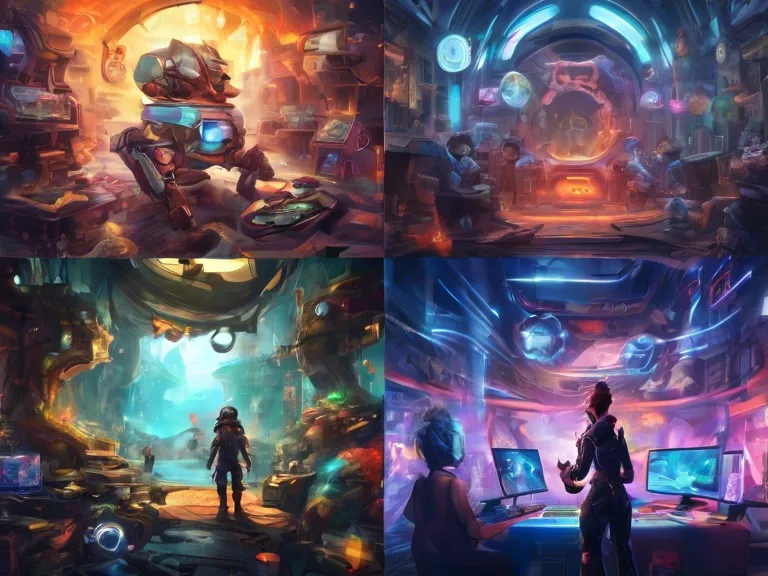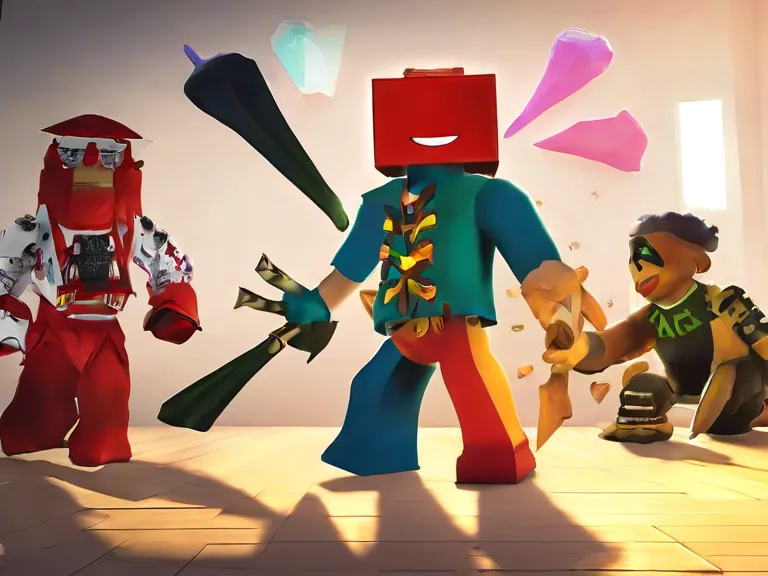
The Art of Game Design: Crafting Aesthetic Virtual Experiences
Game design is an intricate process that involves creating virtual worlds and experiences for players to immerse themselves in. One of the key elements of game design is aesthetics – the visual and auditory elements that contribute to the overall look and feel of the game. Crafting aesthetic virtual experiences requires a deep understanding of art, design, and technology to create environments that are not only visually appealing but also engaging and immersive.
The Importance of Aesthetics in Game Design
Aesthetics play a crucial role in game design as they set the tone and mood of the game, establish the game world's visual identity, and create emotional connections with players. From the landscapes and character designs to the colors and lighting, every visual element in a game contributes to the overall aesthetic experience. The sound design and music also play a significant role in enhancing the immersive experience and evoking emotions in players.
Principles of Aesthetic Game Design
To craft aesthetic virtual experiences, game designers must adhere to certain principles of aesthetics. These include principles of visual design such as balance, contrast, harmony, and unity, as well as principles of color theory, composition, and typography. Attention to detail is essential in creating visually stunning games that captivate players and keep them engaged throughout their gameplay experience.
Techniques for Crafting Aesthetic Virtual Experiences
Game designers use a variety of techniques to create aesthetic virtual experiences. These techniques include concept art, 3D modeling, texturing, animation, lighting, and special effects. By combining these techniques effectively, designers can bring their game worlds to life and create immersive experiences that players will remember long after they've finished playing.
The Future of Aesthetic Game Design
As technology continues to evolve, the possibilities for crafting aesthetic virtual experiences in games are endless. Virtual reality (VR) and augmented reality (AR) technologies are already pushing the boundaries of game design, allowing for even more immersive and visually stunning experiences. Game designers must stay at the forefront of these technological advancements to continue to create captivating and aesthetically pleasing games for players to enjoy.



